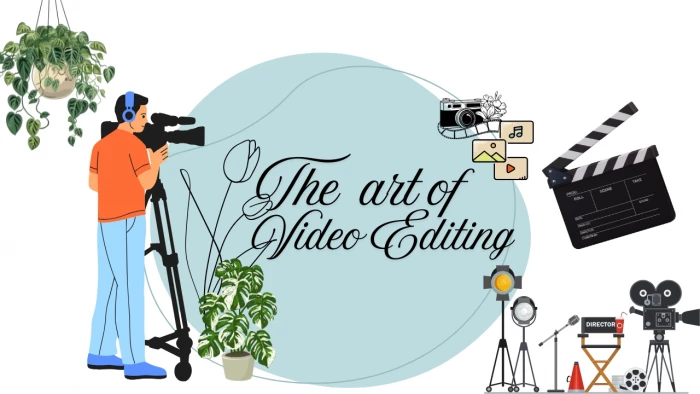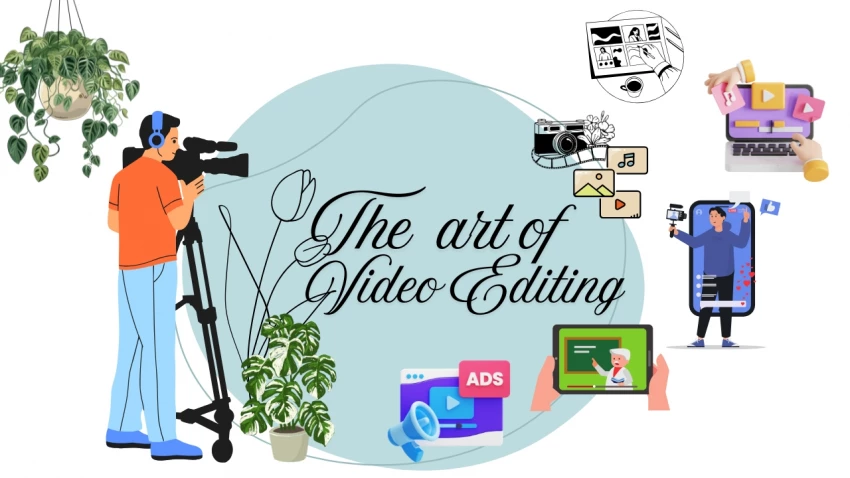

Video editing is no longer reserved for filmmakers. Today, creators, marketers, educators, and even casual hobbyists need editing skills to make their content engaging and professional. But editing isn’t a one-size-fits-all task. The way you approach a TikTok clip is very different from editing a corporate promo or an educational tutorial.
So, how do you adapt editing techniques to different goals and audiences? Let’s break it down.
Why do people stop watching a video after just 10 seconds? Most of the time, it’s because the pacing feels off or the visuals lack clarity. Studies show that viewers retain 95% of a message in video form compared to 10% in text (Forbes, 2023). That retention only works when editing guides attention, maintains flow, and amplifies emotion.
Good editing can:
The right features save time and polish your work. Prioritize stabilization, color grading, multicam editing, audio mixing, and export presets—these separate casual apps from pro-grade editors.
Creators on TikTok, Instagram Reels, and YouTube Shorts live in a world of micro-attention spans. Viewers decide within 3–5 seconds whether to keep watching.
Tips for creators:
Creators should think like storytellers on fast-forward. Every cut has to justify its place.
Marketing videos require a balance between brand identity and emotional storytelling. A poorly edited ad feels like noise. A well-edited one converts viewers into customers.
Tips for marketers:
According to HubSpot, video marketers get 66% more qualified leads per year when editing emphasizes clarity and engagement.
Educational videos demand a different approach. The goal isn’t flashy cuts but comprehension. Learners need visuals that guide understanding, not overwhelm.
Tips for educators:
A Stanford study found that dual coding—pairing visuals with text—boosts learning by 25%. Editing is where that pairing comes alive.

Hobbyists edit for passion, not profit. The beauty of this perspective is freedom from rigid structures. YouTube vlogs, travel videos, or personal projects thrive on authenticity.
Tips for hobbyists:
Here, editing is a playground, not a job.
No matter the purpose, some universal editing tricks elevate any video:
You don’t need pricey subscriptions to edit well. Free tools like DaVinci Resolve or HitFilm Express already offer pro features. For social media, apps like CapCut or VN Video Editor get the job done. Paid software makes sense only if you’re handling advanced effects or client work.
Editing runs smoother with the right gear; tools make editing easier. Aim for at least 16GB of RAM, plenty of storage (SSDs are faster), and a good monitor for accurate color reproduction. Even a budget mic upgrades audio more than built-in laptop sound.
Not all editors need Adobe Premiere Pro. Picking the right tool depends on your purpose:
Free options like DaVinci Resolve already offer pro-grade tools, making quality editing accessible.
Professional editing is about purpose, not flashy effects.
Editing is where raw footage becomes a story. For creators, it’s about speed and attention. For marketers, it’s persuasion. For educators, it’s clarity. For hobbyists, it’s self-expression.
The trick isn’t mastering every effect. It’s knowing your audience and purpose—and then cutting with intention.
So, next time you sit down to edit, ask: Am I trying to grab attention, sell, teach, or just create for fun? The answer will guide your editing choices better than any tutorial.
Be the first to post comment!